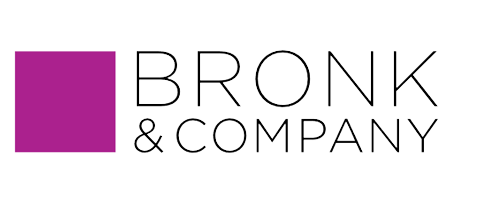Improving circular economy through optimized use of in-house scrap
While facing an increasing shortage on the scrap market, the recycling of in-house scrap is an important enabler of the steel industry’s transformation to climate neutrality.
As part of the European Green Deal, the EU is pursuing the goal of reducing net emissions of greenhouse gases to a value of zero. For the European steel industry, this means a complete transformation from the Blast Furnace – Basic Oxygen Furnace route (BOF), which currently accounts for approx. 60% of European steel production, to the electric arc furnace route (EAF) (see Fig. 1).
Source: Based on Dittrich et al. (2020a), “Transformationsprozess zum treibhausgasneutralen und ressourcenschonenden Deutschland – GreenMe”; Dittrich et al. (2020b), “Transformationsprozess zum treibhausgasneutralen und ressourcenschonenden Deutschland – GreenLate”
Source: EUROFER (2019), “LOW CARBON ROADMAP – Pathways to a CO2-neutral European steel industry”
Steel scrap in various types is the main raw material input when using the EAF route. Since global scrap supply will grow significantly less than demand, scrap in general and high-quality scrap types in particular will become scarcer while shifting from the BOF route (see Fig. 2).
In-house scrap is the “best” available scrap: all properties are fully known in advance and there is a high degree of overlap with the company’s product portfolio. In case of a scrap shortage, still available lower-quality scrap can therefore be compensated with in-house scrap to meet the target analyses without excessive use of pure and therefore expensive alloys. Long transport routes are also reduced, supporting a positive effect on the CO2 footprint. The targeted use of in-house scrap should therefore be given top priority.
In practice, it often turns out that there is no consistent concept for in-house scrap utilization. Hence, key processes ensuring targeted and quick remelting, e.g. collection, logistics, preparation, and storage, are not aligned. Therefore, the turnaround times of in-house scrap are higher than necessary and the certainty about the actual scrap analysis is poor. As a result, less in-house scrap is used than possible, expensive substitutions must be made, or there are unplanned performance losses or even faulty batches.
However, an improved use of in-house scrap can be achieved within just a few steps (see Figure 3).
The first step is to create awareness of the value of in-house scrap on shopfloor level (mindset). Early involvement of employees and the transfer of responsibilities for the separated collection of in-house scrap to the shopfloor is essential for the success of the project. In parallel, the existing set of rules should be analyzed: Which scrap types can be stored together without any problems, and which types should be stored separately. Once this crucial question has been clarified, storage, sorting and logistics concepts can be adapted accordingly.
Furthermore, the in-house scrap cycle can be taken to the next level through transparency due to digitization. Existing data structures and systems can typically be used as starting point for further improvements. By using standard technology, such as RFID chips, QR codes or digital scales, in-house scrap and its storage location can be directly recorded and reported. On this basis, the next step is proactive management of in-house scrap. With little effort, a targeted preparation and remelting can be steered by taking current and future in-house scrap availabilities into account by means of a comprehensive planning process.
Consequently, with increasing scrap scarcity, improved management of in-house scrap is becoming increasingly important for the future cost position of manufacturers. Optimized in-house scrap management thus offers a central lever not only for achieving a reduction in input costs and ensuring process stability, but also for reducing inventories and finally the carbon footprint.
Please contact us for further insights, practical examples or possibilities to optimize your in-house scrap usage for your company.
Your contact:
Dr. Pascal Lutter,
Manager






